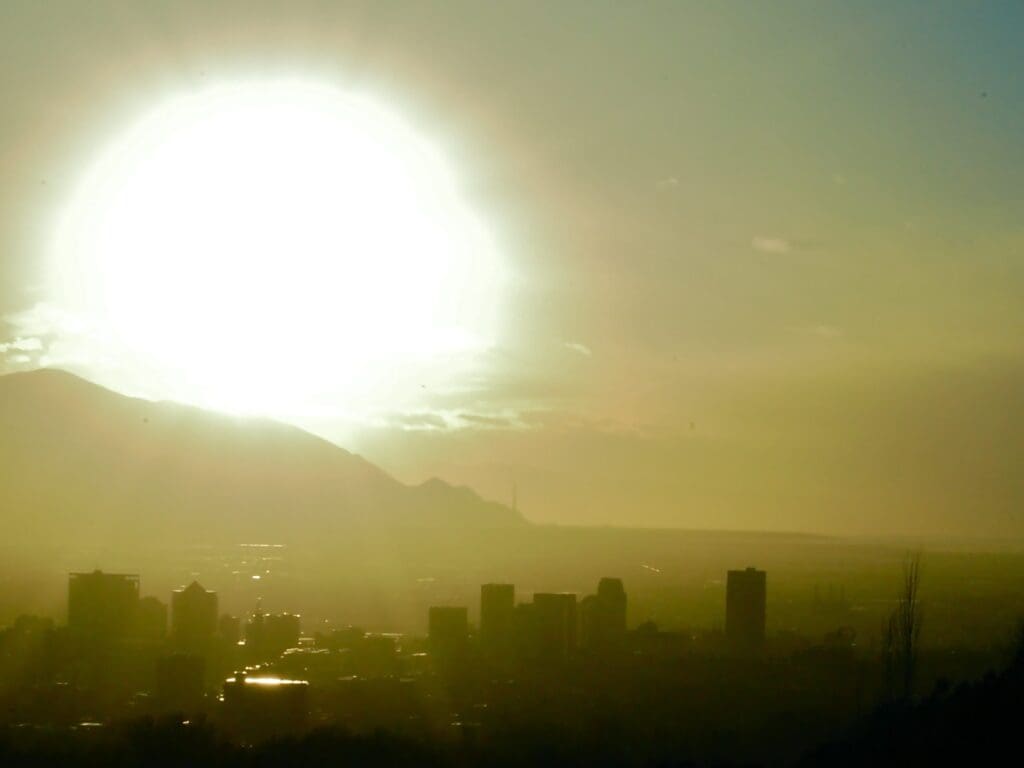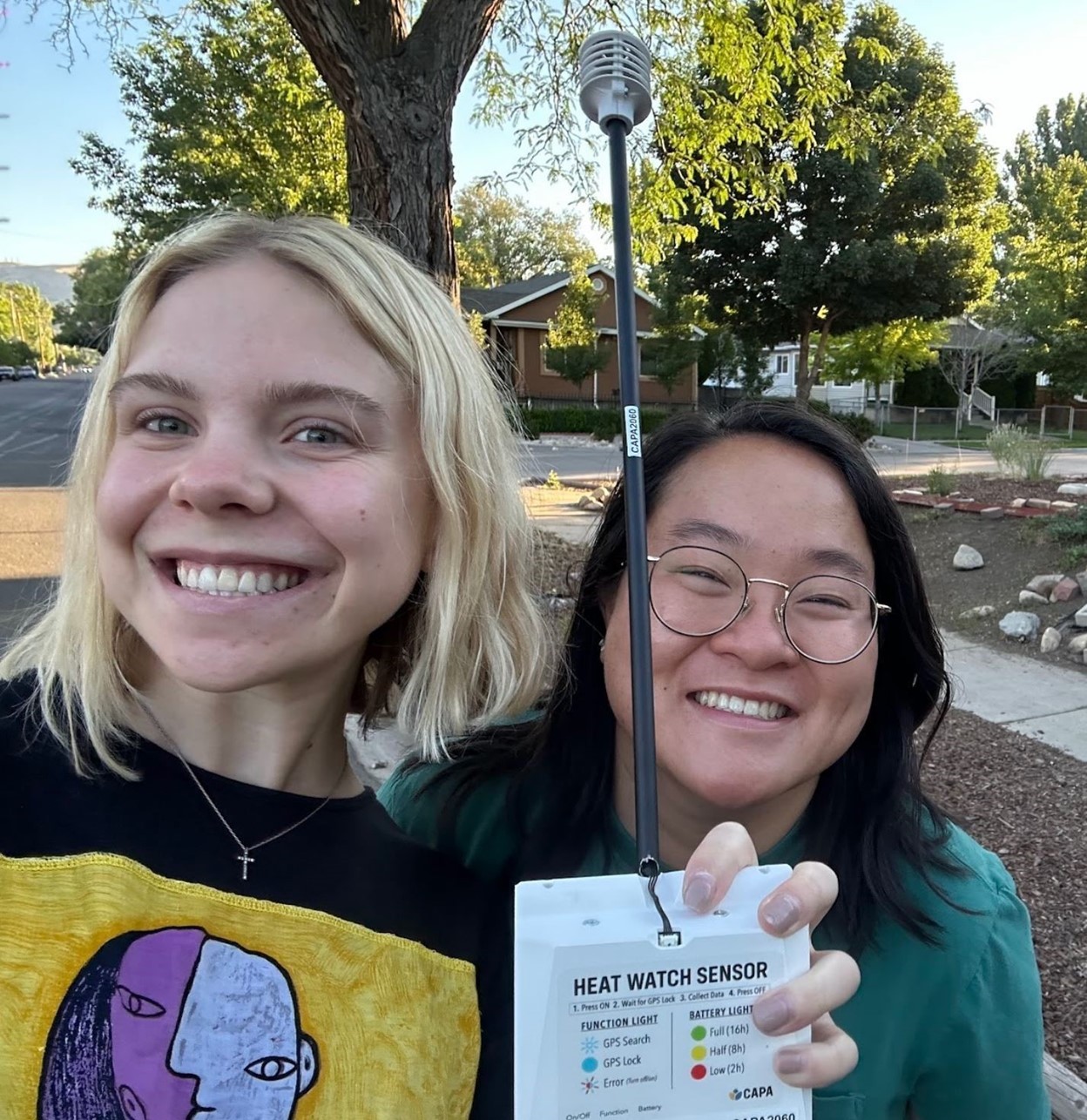
As the summer heat continues, it’s important to understand how to deal with extreme temperatures and why they are becoming more frequent every year. We have seen Salt Lake County’s average summer temperature increase by 3.9° F since 1985, while the U.S. average has increased by 1.5°F.
What is the Urban Heat Island Effect?
Have you ever noticed how the city feels much hotter than surrounding areas? That feeling is thanks to the urban heat island effect. The heat island effect is a phenomenon that leads to higher temperatures in urban areas compared to rural areas. This temperature difference is due to the greater presence of heat-absorbing surfaces, like large buildings and pavement, and not as much vegetation and green space in a city. The high density of buildings within cities also makes it harder for temperatures to decrease at nighttime.
How is Heat Distributed in SLC?
Continue reading
